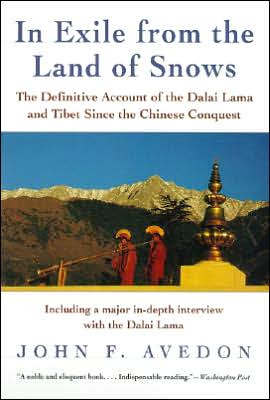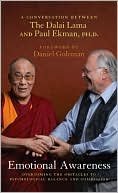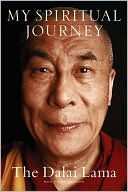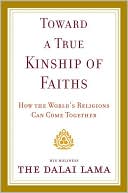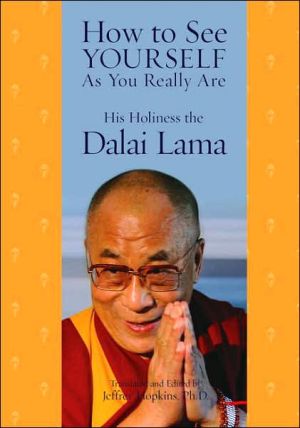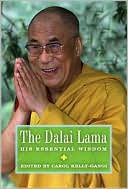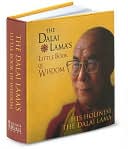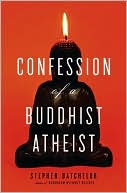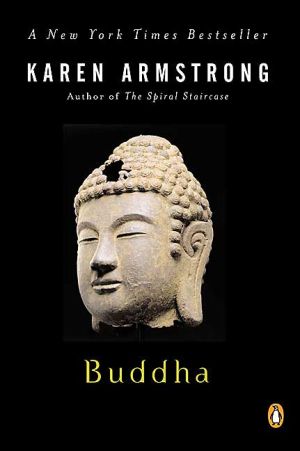In Exile from the Land of Snows: The Definitive Account of the Dalai Lama and Tibet Since the Chinese Conquest
Now considered a classic, this is an eloquent and compellingly told account of the Dalai Lama's exile from Tibet after its conquest by China.
Search in google:
Now considered a classic, this is an eloquent and compellingly told account of the Dalai Lama's exile from Tibet after its conquest by China. Los Angeles Times What Alexander Solzhenitsyn did for the Soviet Union, John F. Avedon does for Tibet.
Chapter One\ Before the Fall\ 1933-1950\ In August of 1932, the Thirteenth Dalai Lama gazed out over the gardens of his summer palace, the Norbulingka or jewel Park, and began to write his final testament to the Tibetan people. "It may happen," he warned, "that here, in the center of Tibet, religion and government will be attacked both from without and from within. Unless we can guard our own country, it will now happen that the Dalai and Panchen Lamas, the Father and the Son, and all the revered holders of the Faith, will disappear and become nameless. Monks and their monasteries will be destroyed. The rule of law will be weakened. The lands and property of government officials will be seized. They themselves will be forced to serve their enemies or wander the country like beggars. All beings will be sunk in great hardship and overpowering fear; the days and nights will drag on slowly in suffering." Though the Dalai Lama refrained from noting just who would inflict this devastating fate upon his country, the message was clear: Tibet, aloof and at peace for most of its 2,IOO years, stood on the brink of disaster.\ A year after his last words were circulated throughout the land, the Dalai Lama died. According to custom, his body was embalmed, dressed in gold brocade robes, placed in the lotus position and seated facing south- -the direction of long life--on a throne in the Norbulingka. The golden rooftops of his winter palace, the Potala, and the Tsuglakhang or Central Cathedral in the heart of Lhasa, were draped in black banners. Prayer flags were lowered and butter lamps lit in the windows and on the roofs of everyhouse in the capital. Stunned by their loss, the population of Lhasa filed in mourning past the deceased ruler's corpse, offering white scarves in the traditional gesture of respect. But even before government couriers could convey the news across the country, omens predicting the whereabouts of Thubten Gyatso's successor--believed to be the beloved leader himself returned in a new body--were occurring.\ Checking the Dalai Lama's corpse one morning. attendant monks entered its sealed chamber, opened the salt-lined box in which it lay and found that the head had moved. No longer facing south, it had turned toward the northeast. Repositioned, it was again discovered facing east a short time later. In the ensuing months further signs appeared. The three state oracles turned eastward in trance and presented scarves; a patch of snapdragons sprouted from the east end of the platform used for public sermons in Lhasa's main square; overnight a giant star-shaped fungus grew on the east side of the northeast pillar of the shrine in the Potala where the Dalai Lama's jewel-inlaid tomb was under construction. And in one of the most time-honored occurrences marking the death of a high incarnate lama, the people of Lhasa beheld auspicious cloud formations, now and again pierced by rainbows, rising over the barren wall of mountains ringing the northeast end of the city.\ In the spring of 1935, Tibet's newly appointed Regent, Reting Rinpoche, joined by a senior minister of the old ruler's Cabinet, journeyed to the sacred lake of Lhamo Lhatso, seeking a vision. Located ninety miles southeast of Lhasa, Lhamo Lhatso was believed to be the foremost of Tibet's visionary lakes, bodies of water in which the future--individual as well as collective--could be seen. Oval-shaped and less than a mile in circumference, the lake lay at 17,000 feet in a basin surrounded by massive peaks, around which the weather was continually changing, from sun to rain, to hail and snow. The Thirteenth Dalai Lama himself had been discovered by means of a dramatic vision of his birthplace, seen by hundreds and lasting for a week, in the center of its waters. Now, more than half a century later, Reting Rinpoche had hopes for no less vivid a sign.\ After spending some days in prayer at nearby Chokhorgyal Monastery, the Regent's party rode their ponies to the base of the rocky slope overlooking the lake. Proceeding upward on foot, they reached the top of a sheer ridge, whereupon they dispersed in different directions, each to seek his own vision. Alone among the group, Reting Rinpoche witnessed a remarkable sight. On staring at the clear alpine waters, he discerned three letters from the Tibetan alphabet float into view: Ah, Ka and Ma. The image of a great three-storied monastery, capped by gold and jade rooftops, followed. A white road led east from the monastery to a house before a small hill, its roof strikingly fringed in turquoise-colored tiles, a brown and white spotted dog in the courtyard. Later, the Regent dreamt of the same humble farmer's home, this time with oddly shaped gutter pipes emerging from the roof and a small boy standing in the yard.\ Soon after the Regent's report was submitted to the National Assembly in Lhasa three search parties were dispatched across eastern Tibet, one southeast to Dakpo, another to Chamdo, capital of the eastern province of Kham, the last to the northeastern region of Amdo. The latter, departing in the autumn of 1936, consisted of forty members under the direction of one Kewtsang Rinpoche, a high lama of Sera Monastery. Riding over a thousand miles northeast, it chose as the center of its search Kumbum, the most important monastery in Amdo. Fifteen miles south of Xining, China's westernmost city, Kumbum had been built three and one half centuries before by the Third Dalai Lama to commemorate the birthplace of Tsongkhapa, founder of Tibet's largest sect, the Gelugpas or Followers of the Virtuous Way. As it came into view, set in low cedar-covered hills overlooking a fertile valley, the delegation saw that, just like the cloister in the vision, Kumbum's central temples were surmounted by brilliant gold and jade rooftops.\ The party divided into four groups and proceeded to search the area for extraordinary children. A number of candidates were examined, all unsatisfactory.
Preface to the Harper Perennial EditionPreface1Before the Fall 1933-195032Occupation 1950-1959343In Exile from the Land of Snows 1959-1960654Reconstruction 1960-1974835The Fight for Tibet 1959-19841056Tibetan Medicine: The Science of Healing1377On Pilgrimage with the Dalai Lama1578The Wheel of Protection1919Tibet Enslaved 1959-196522110The Long Night 1966-197727911Return 1977-1984323Afterword360An Interview with the Dalai LamaThe Value of Religion for Society363His Life367Tibet: Today and Tomorrow375The Universe: Mind and Matter384Cyclic Existence and Sentient Beings392Emptiness: The Two Truths404Notes to pages 361-411412Chronology of Major Tibet-Related Events419A Note on Sources431Acknowledgments433Bibliography437Index443
\ Los Angeles TimesWhat Alexander Solzhenitsyn did for the Soviet Union, John F. Avedon does for Tibet.\ \ \ \ \ Washington PostA noble and eloquent book. Avedon has recreated an entire culture in agony. Indispensable reading.\ \
